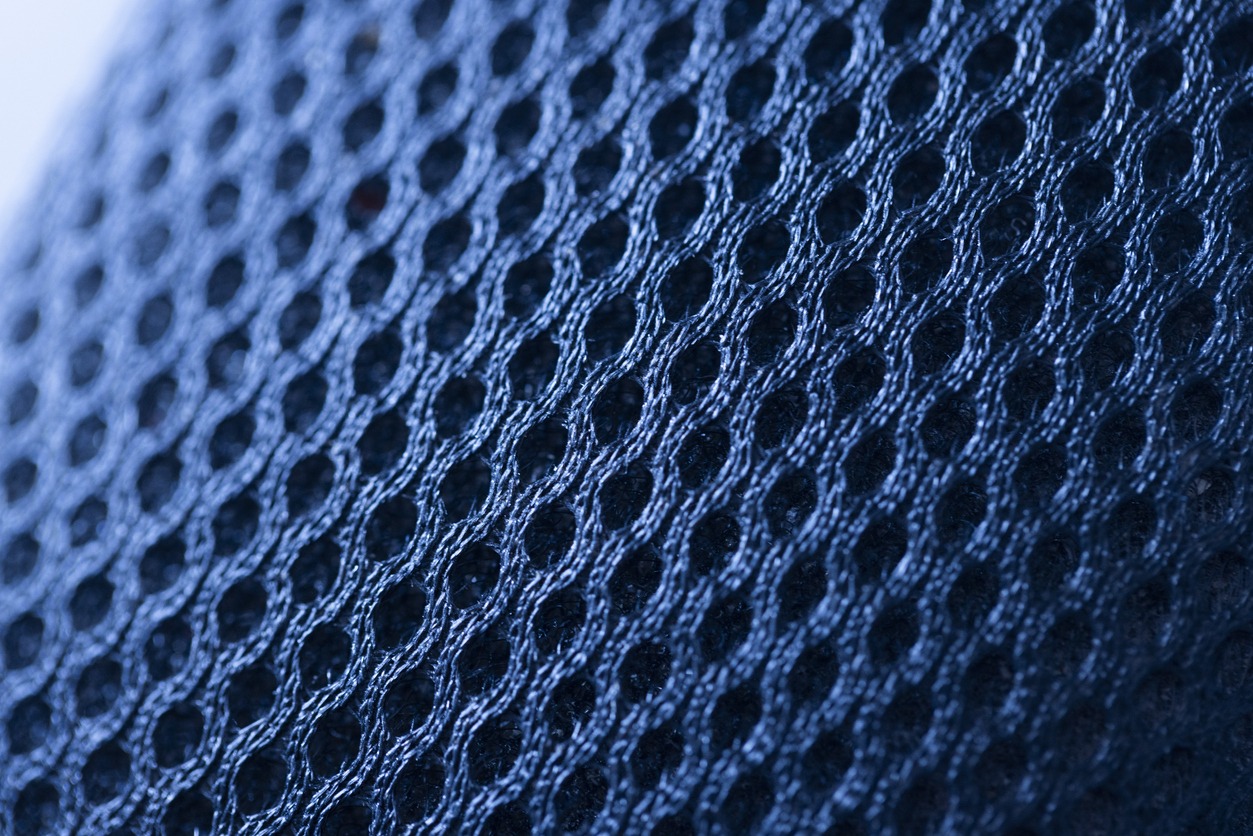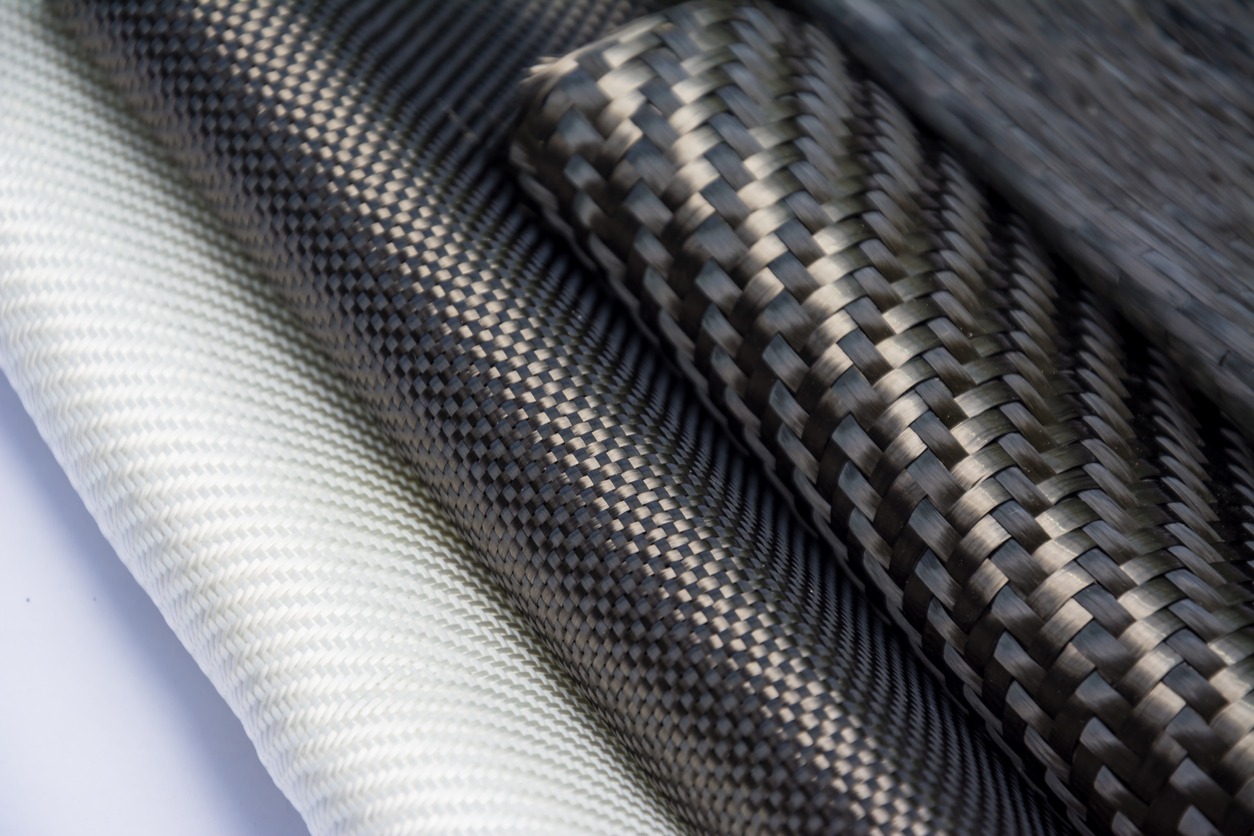Fabric and material science has evolved significantly from its origins in ancient civilizations, where the transformation of raw materials into textiles was a fundamental aspect of daily life. This evolution accelerated with the Industrial Revolution, which introduced groundbreaking technologies like the spinning jenny, drastically changing textile manufacturing. Throughout history, each era has contributed to the rich tapestry of this field, continually influenced by cultural and technological advancements.
In recent years, the field has seen a surge in technological innovations, driven by scientific breakthroughs and a heightened focus on sustainability. Modern advancements such as smart fabrics capable of monitoring health, self-healing materials, and sustainable fibers from unconventional sources are transforming our interaction with materials. These innovations transcend traditional boundaries, impacting various industries and emphasizing the importance of fabric and material science not just in aesthetic or functional terms, but as a vital component of future technological and environmental solutions.
Smart Fabrics and Wearable Technology
The advent of smart fabrics and wearable technology marks a paradigm shift in the textile industry, blending the lines between fashion, technology, and function. Smart fabrics, imbued with digital or electronic components, offer functionalities far beyond traditional textiles. These innovative materials can sense and respond to environmental or physiological changes, making them an interactive interface between the human body and its surroundings.
The integration of wearable technologies into fabrics has led to the creation of garments that can monitor health, change color, and even harvest energy. These technologies are embedded within the fibers or are attached to the fabric surface, allowing seamless interaction with the wearer. For instance, smart fabrics in healthcare include shirts that can monitor heart rate and breathing, and compression garments that aid in muscle recovery. In sports, athletes use intelligent clothing to track performance metrics like speed, distance, and calorie burn. In fashion, designers are experimenting with fabrics that change color or pattern based on temperature or light, pushing the boundaries of interactive design.
Smart fabrics are also emerging in everyday use, with applications in monitoring vital signs for patients, enhancing athletic performance, and creating interactive fashion pieces. However, despite the exciting possibilities, there are challenges to overcome. These include ensuring durability, washability, and user comfort, as well as addressing privacy concerns related to data collection. As the technology matures, the future of smart fabrics and wearable technology looks promising, with potential applications in diverse fields such as healthcare, sports, fashion, and even military and space exploration. In addition to learning more about the innovations of fabric and material science, learn about the journey of Michael Kors. Visit Unveiling the Ownership Tapestry – The Journey of Michael Kors and Its New Parent Company
Sustainable and Eco-friendly Materials
The textile industry, historically known for its significant environmental footprint, is now at the forefront of ecological innovation. The growing demand for sustainable materials reflects a collective consciousness towards environmental preservation and responsible manufacturing. Sustainable materials, particularly those that are biodegradable or recycled, are pivotal in this shift, offering a greener alternative to traditional textiles.
Innovations in this sector include the development of fabrics made from recycled plastics, organic cotton, and other sustainable sources. Biodegradable materials, such as those derived from agricultural waste or microbial processes, are also gaining traction. These materials decompose naturally, reducing landfill waste and minimizing environmental impact. Notable examples of successful sustainable materials include Piñatex, a leather alternative made from pineapple leaf fibers, and Mylo, a material derived from mushroom mycelium that mimics the properties of leather.
Companies using sustainable materials often see a positive response from environmentally conscious consumers, indicating a shift in market dynamics towards more sustainable practices. The impact of these materials extends beyond just reducing waste; they often require less water and energy to produce, contributing to a lower overall carbon footprint. However, challenges remain in scalability, cost, and consumer awareness. As the industry continues to innovate, the focus on sustainable and eco-friendly materials is likely to increase, driven by consumer demand, regulatory pressures, and a global commitment to environmental stewardship. Discover more of NYC’s fashion line. Visit Decoding Michael Kors Between Luxury and Accessibility in Fashion
Nanotechnology in Fabrics
Nanotechnology in material science represents a significant leap forward in the enhancement of fabric properties. This technology involves manipulating materials at an atomic or molecular scale to imbue them with unique characteristics. In the realm of textiles, nanotechnology has opened up possibilities for creating fabrics with unprecedented performance and functionality.
One of the most notable applications of nanotechnology in fabrics is the enhancement of durability. Nanoparticles can be integrated into textile fibers to strengthen them against wear and tear, extending the lifespan of garments. Water resistance is another key feature achieved through nanotechnology. By applying a nanoscopic layer that repels water, fabrics can be made waterproof without losing their breathability. This technology is also pivotal in enhancing UV protection in fabrics, making them safer and more suitable for outdoor wear.
Everyday fabrics are increasingly benefiting from nanotech innovations. For example, casual clothing and activewear are being designed with nano-enhanced fibers that provide improved moisture-wicking properties, odor resistance, and thermal regulation. However, as nanotechnology in fabrics advances, concerns regarding safety and environmental impact arise. Questions about the long-term effects of nanoparticles on human health and their behavior in the environment are subjects of ongoing research. Ensuring that these nanomaterials do not pose a risk to people or ecosystems is crucial for the sustainable development of this technology.
High-Performance and Functional Materials
High-performance materials like Kevlar and Gore-Tex represent a significant evolution in the functionality of textiles. Kevlar, known for its exceptional strength-to-weight ratio, is widely used in bulletproof vests and other protective gear. Gore-Tex, on the other hand, is renowned for its waterproof and breathable properties, making it a staple in outdoor and all-weather clothing.
Recent developments in the field have seen the rise of temperature-regulating fabrics and self-healing materials. Temperature-regulating fabrics use phase-change materials or specially engineered fibers to maintain a comfortable body temperature, adapting to both external conditions and the wearer’s body heat. Self-healing materials, a revolutionary concept in textiles, are designed to repair themselves after being punctured or torn, significantly enhancing the durability and longevity of garments.
These high-performance materials find extensive applications in extreme environments and protective clothing. From astronauts’ suits, which must withstand the harsh conditions of space, to firefighters’ uniforms, designed to protect against extreme heat and flames, these materials play a crucial role in safety and performance. Looking ahead, the potential uses of high-performance and functional materials are vast. Innovations are likely to emerge in various sectors, including sports, defense, and healthcare, offering enhanced protection, performance, and comfort.
The future directions of these materials hinge on continued research and development, particularly in areas like nanotechnology integration, sustainability, and the development of new, even more, advanced materials. The potential for these high-performance textiles to further transform industries and improve lives is immense, signaling an exciting era of innovation in fabric and material science.
The Future of Fabric and Material Science
The future of fabric and material science is poised at the cusp of a revolutionary era, marked by emerging trends and groundbreaking research areas. One such trend is the integration of biotechnology into textile production, where scientists are exploring the use of genetically engineered bacteria and yeast to produce fibers and dyes in more sustainable ways. Another burgeoning area is the development of electronic textiles or e-textiles, which seamlessly incorporate electronic components into fabric, paving the way for garments that can light up, change color, or even charge devices.
A significant catalyst in the evolution of fabric technology is the potential impact of artificial intelligence (AI) and machine learning. These technologies are not just transforming the design and manufacturing processes but are also being integrated into the fabrics themselves. AI can predict and optimize the properties of new materials, leading to smarter and more functional textiles. Machine learning algorithms are being employed to develop fabrics that can adapt to environmental changes or user needs, such as regulating temperature or monitoring health indicators more accurately.
Interdisciplinary collaboration is another key driver in the advancement of this field. The convergence of material science, chemistry, computer science, and engineering is fostering a synergistic environment where innovative solutions are being developed. This collaboration extends beyond academia and research labs, involving fashion designers, healthcare professionals, and environmentalists, ensuring that the innovations are practical, user-oriented, and environmentally sustainable.
Conclusion
The exploration of innovations in fabric and material science reveals a dynamic and transformative field, poised at the intersection of tradition and technology. This journey from the ancient art of weaving to the cutting-edge advancements of today underscores a relentless pursuit of progress and functionality in materials. The advent of smart fabrics and wearable technology has ushered in an era where textiles are not just passive elements but active participants in our daily lives, capable of monitoring health, enhancing performance, and even interacting with our environment.
Sustainability and eco-friendliness in textile production have emerged as imperative goals, reflecting a growing global consciousness about environmental stewardship. The shift towards sustainable materials like biodegradable fabrics and recycled fibers demonstrates a responsible and innovative approach to addressing ecological concerns. The integration of nanotechnology in fabric production has opened new avenues for enhancing the durability, safety, and utility of textiles, revolutionizing the way we think about everyday materials.
The development of high-performance and functional materials such as temperature-regulating fabrics and self-healing textiles represents a leap forward in material science, offering enhanced protection and comfort in various applications from everyday wear to extreme environments. The role of interdisciplinary collaboration in these advancements cannot be overstated, as it brings together diverse expertise and perspectives, driving innovation that is both groundbreaking and practical.
As we look towards the future, the landscape of fabric and material science is set to evolve continually, driven by emerging trends, research, and the integration of technologies like AI and machine learning. This evolution promises not just new materials but a new understanding of the relationship between humans and the materials we rely on. The ongoing innovations in this field are a testament to human ingenuity and a preview of the limitless possibilities that await in the realm of fabric and material science.






